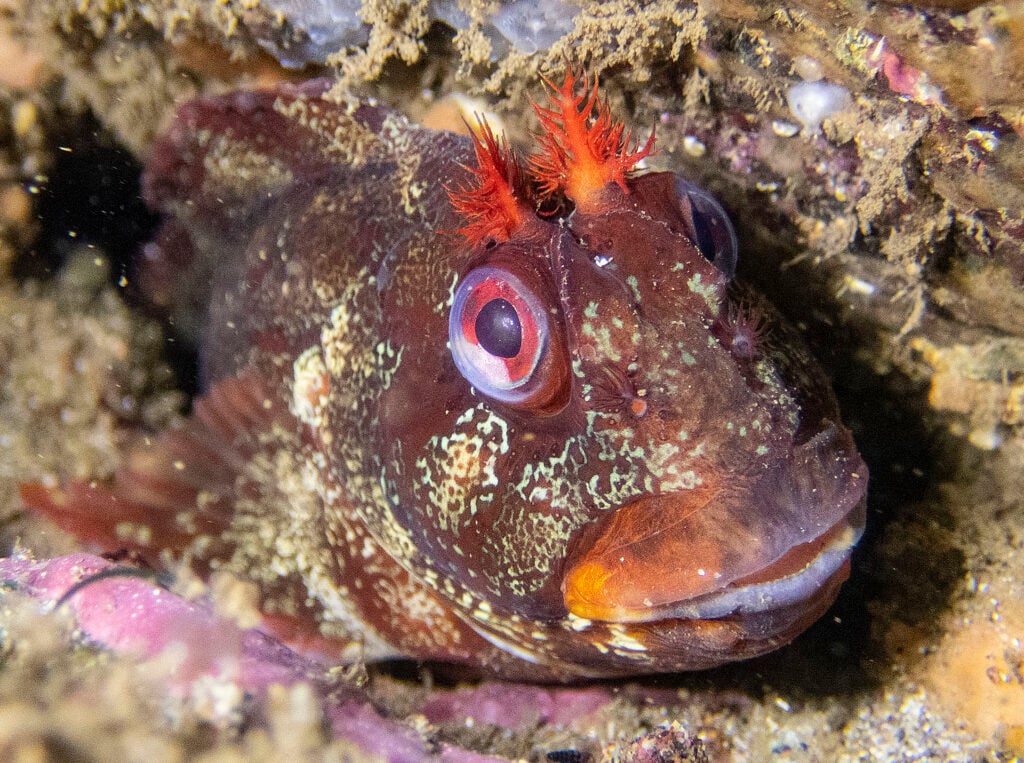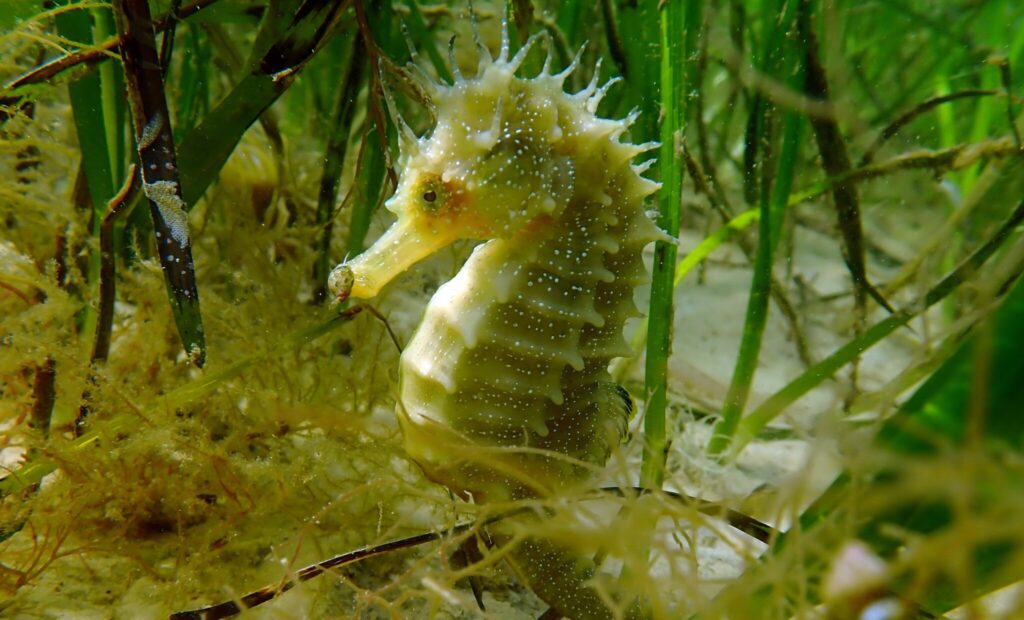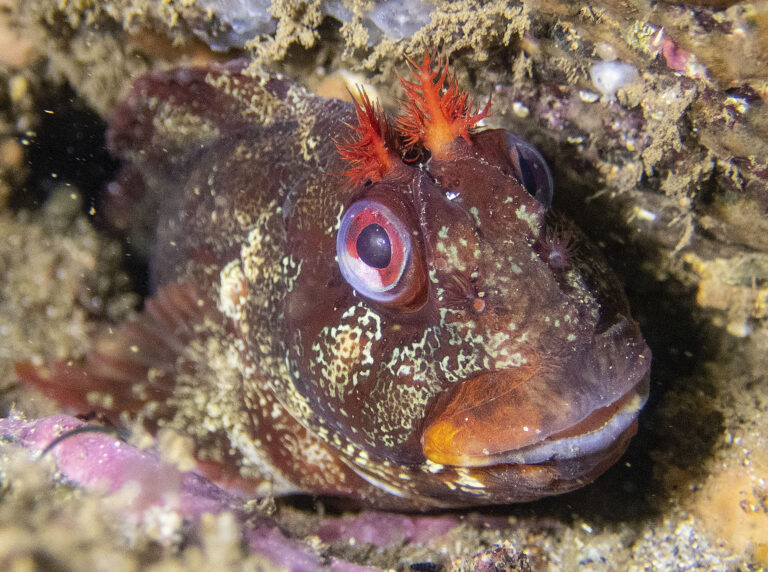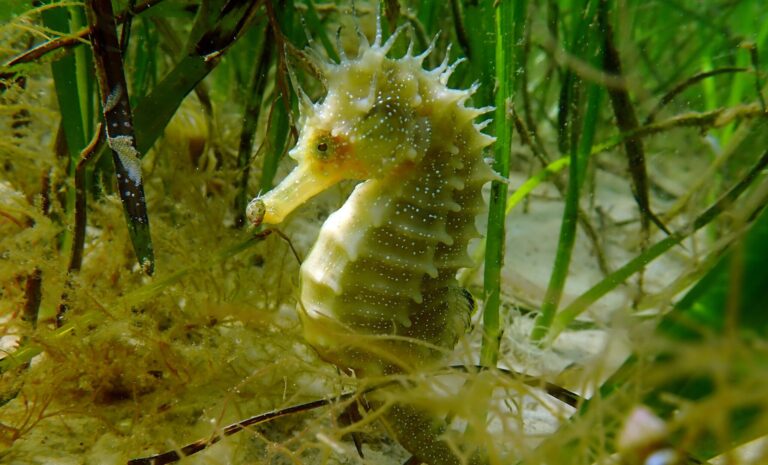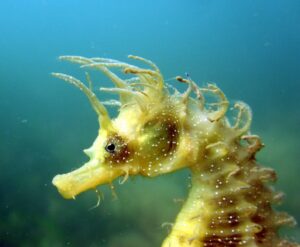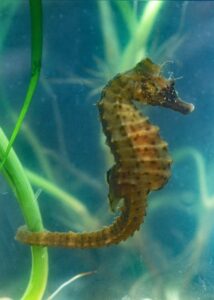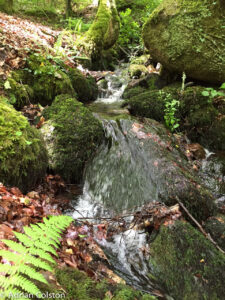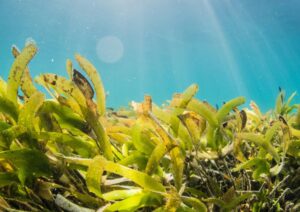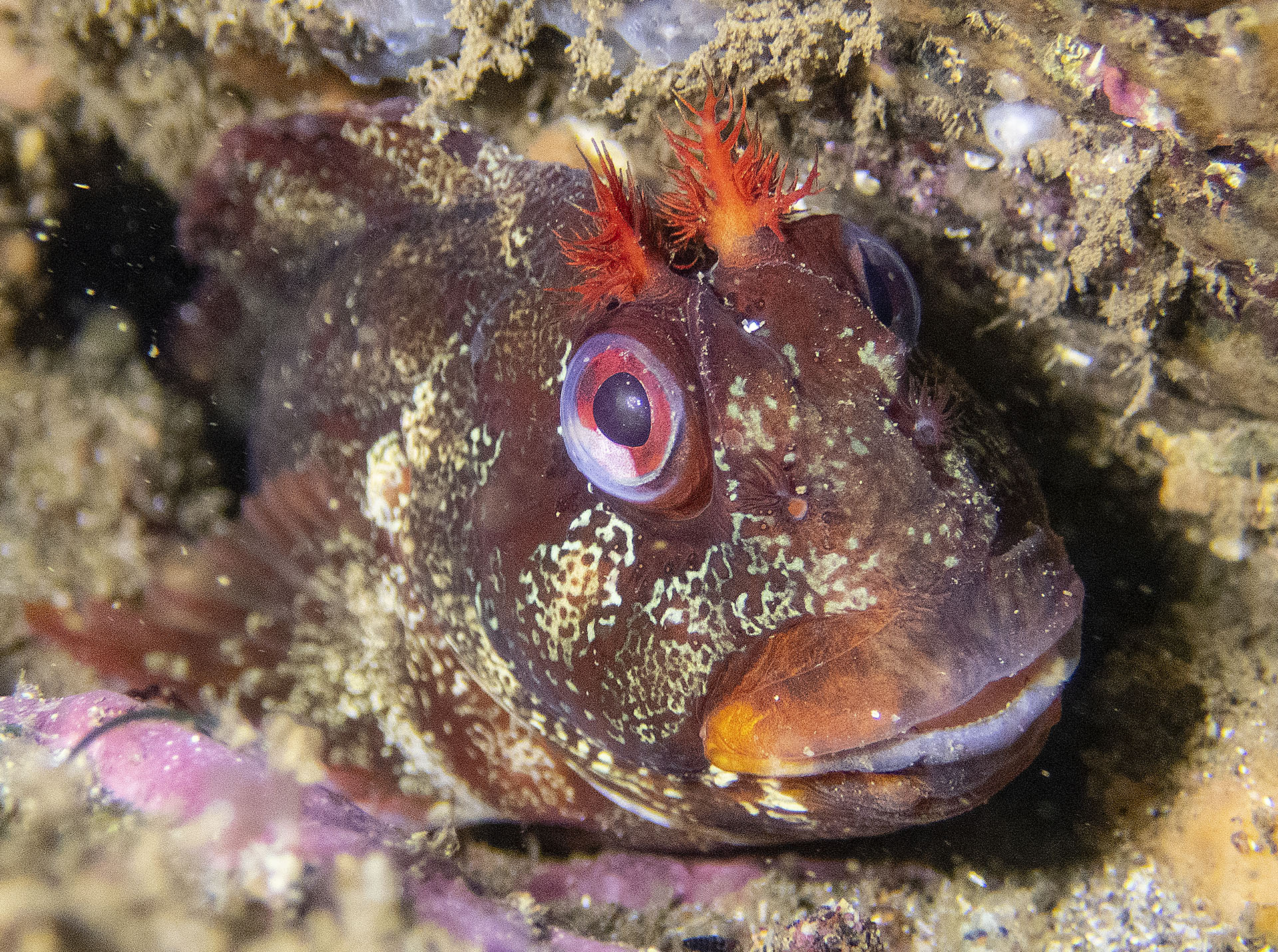This section focuses on the fish found in Devon’s rivers, lakes, small streams, canals, estuaries and other intertidalThe area of the shore that is covered by water at high tide and exposed to air at low tide. More habitats.
Fish are an integral part of balanced healthy ecosystems. They feed on invertebrates and algae and provide food for birds (including kingfishers and herons), otters and larger fish. They are sensitive to pollution and changes in oxygen levels, temperatures and flows and so indicators of a healthy environment.
Many Devon communities have strong commercial fishing traditions and historically fish have provided both food and livelihoods. Freshwater fish still provide recreational opportunities such as angling which generates revenue to local businesses, communities and the economy by creating increased tourism.
Some of Devon’s fish such as bullhead, bream, stickleback and chub live entirely in freshwater. Others such as Atlantic salmon, twaite and allis shad, sea trout, European eel and sea lamprey have incredible lifecycles and migrate between the sea and our rivers.
Fish need healthy habitats to survive including:
- Clean, well oxygenated spawning beds with suitable gravel present. Most freshwater fish lay their eggs between the small interstice in gravel beds which provides oxygen and refuge for eggs and emerging fry and juvenile fish.
- An abundance and variety of food including invertebrates such as aquatic insects, crustaceans, and molluscs.
All fish listed as Devon Species of Conservation Concern are also listed as Devon Special SpeciesDevon Species of Conservation Concern which have been 'shortlisted' as needing particular action or attention (rather than being iconic species). More and discussed below.

